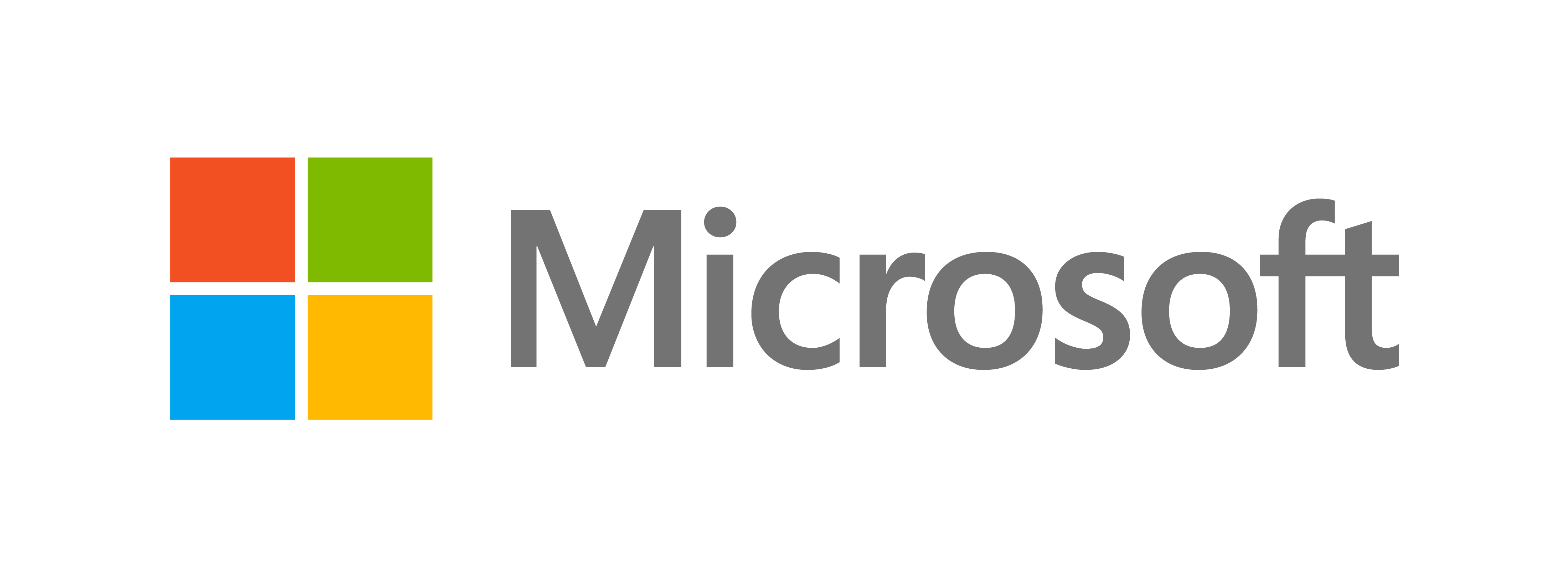Virtual Shareholding: The Strategic Advantage to SMEs
by Sean Foster | September 21, 2023 | Cash Flow Management, Culture, Strategy
Introduction

I struggled to find hard data on why high-performing employees leave a business, after all, these are the exact people we want to retain. From my research, the top reasons appear to be:
-
-
- Lack of career advancement opportunities.
- Inadequate compensation and recognition.
- Poor work-life balance.
- Cultural misalignment.
- Lack of recognition and feedback.
-
Retaining your best employees requires a multi-faceted approach.
I have written a few articles on Profit Sharing, and in this article, I will discuss its cousin, Virtual Shareholding. The beauty of both systems lies in their adaptability to fit the unique needs of any company. However, understanding the full implications of either system can be challenging to get right.
Profit Sharing vs. Virtual Shareholding

Before diving into the specifics of virtual shareholding, let's draw a comparison with profit sharing. Profit sharing is an agreement between a business and its employees, typically encompassing all members of the workforce, where a percentage of the profits is distributed among employees. Unlike individual salaries, this incentive is applied uniformly and preferably, to all employees. Its primary aim is to galvanize collective efforts toward enhancing business profitability.
Some hard-working business owners may scoff at the notion of sharing their profits with employees who are already paid a salary, if so, maybe they are not seeing the bigger picture. For example, if your business consistently achieves a 5% net profitability, why not consider sharing some of the profits after this 5% level in order to create a longer-term increase in your base profitability level? Getting profit share working in a business has side benefits in improving culture, fostering teamwork, improving operational efficiency, enhancing financial literacy, and more.
In contrast, virtual shareholding operates on a different principle. Payments in this system are triggered by changes in the shareholding structure of the company. These changes might include the partial or complete sale of the company or the sale of shares by one or more existing shareholders. Notably, virtual shareholding often incorporates a provision stating that if an employee departs, their virtual shareholding is subject to buyback by the company.
Unlike profit sharing, virtual shareholding is usually not implemented with all employees, but rather a select few ‘high-value’ individuals. A company could also be running both schemes at the same time in order to reap the full benefit.
Related Article: Implementing Profit Sharing
The Value of Virtual Shareholding

Virtual shareholding, sometimes referred to as Phantom Shareholding, can be incredibly valuable to a company for several compelling reasons:
PROS |
|
Employee Retention |
Virtual shareholding is a potent tool for retaining employees over the longer term. This is especially true for the high-performing employees who may have a tendency to leave the company to start their own business or to join another company that would allow them to better flourish. |
Alignment of Interests |
Employees with shares (even virtual) have a vested interest in the company's prosperity. This shared interest fosters a sense of ownership and responsibility that can enhance performance and dedication by aligning their mental input towards the success of the business. |
Motivation |
The promise of future financial rewards can serve as a powerful motivator. Virtual shareholding incentivises employees to contribute to the company's growth and success consistently. |
Uncomplicates True Shareholding |
With true shareholding, which would be reflected in the company register, complications often arise with regard to the strategic direction of the business, the sale of the business or non-performing or destructive shareholder actions. With virtual shareholding, these complications are less likely and are relatively easy to manage. |
CONS |
|
Complexity |
An agreed-upon (signed) document needs to be set out explaining exactly how the virtual shareholding is to run. You will need to foresee different scenarios no matter how unlikely they may appear to be at the time, and to include these in this document. For example, what happens when: An existing shareholder changes their shareholding to a new or to an existing shareholder? What happens if the company sells completely or part of the company? What happens if a virtual shareholder resigns or is fired? What are the other possible scenarios? |
Financial Commitment |
In principle, the business will not need to fund the virtual shareholding, but in reality, there may be specific times that it may have to cash-flow some of this. Understanding when this may be a requirement can be thought through if you have fully brainstormed the possible scenarios explained in the point above. |
Favouritism |
Unlike profit sharing which we recommend implementing with all employees, virtual shareholding could contribute to an unfavourable ‘them and us’ culture, as it is mostly introduced to specific employees only. |
What is Virtual Shareholding?

Virtual shareholding is a mechanism that grants employees a stake in the company's financial value without actually transferring ownership of shares. Instead, employees are entitled to a share of the company's value based on predefined criteria. This arrangement functions as a form of deferred compensation, with employees receiving their rewards at a later date, contingent upon specific events.
Implementing Virtual Shareholding

To effectively implement virtual shareholding in your organization, consider the following steps:
1. Clearly Defined Eligibility
Define the criteria for eligibility in the virtual shareholding program. Is it open to all employees or restricted to specific employees? Establishing clear eligibility guidelines is crucial.
2. Clearly Defined Exit Strategy
When a virtual shareholder is to leave the company or the scheme, how is this managed? Do they get paid on their last day or sometime in the future, or not at all? In relation to this last point, it is important to clearly define what actions a payout. Also consider that if for example a company is sold, but the payment is offset or staggered, how does this affect the virtual shareholding payment/s?
3. Payment Triggers
Precisely outline the circumstances under which virtual shares will convert into actual payouts. Common triggers include a change in existing or virtual shareholding; or a partial or complete sale of the company.
4. Entry and Stand-down Periods
Is there a minimum employment period before an employee is allowed to become a virtual shareholder? Will there be a minimum stand-down period once they have become a virtual shareholder that would allow the shareholding to be retracted or managed differently during this stand-down period?
5. Company Valuation
It is crucial to have an agreed-upon approach as to how the company is valued. This method could change over time, but any change will have its consequences as the individual shareholders could all have different perspectives as to how this change in valuation approach could benefit or penalize them. It’s really important to get this aspect correct.
6. Clear Expectations
Ensure that participating employees have a comprehensive understanding of the program, including its mechanics, potential payouts, and the time horizon involved. Transparent communication is vital for managing expectations effectively.
7. Measurable Benefits
The virtual shareholding program must deliver tangible benefits to the company. It must be structured to provide a clear return on investment for the organization. What metrics will you put in place to measure the benefit? In many situations, this can be a very difficult aspect to measure.
Managing Risks in Virtual Shareholding
As highlighted above, in order to introduce a virtual shareholding structure, very careful planning is required. In particular, a deep brainstorming exercise with regard to ‘what-if’ scenarios is highly recommended. Overall, to mitigate risk, consider the following strategies:

[1] Systems
Ensure you have a very clear and easy-to-access system whereby virtual shareholders understand how the scheme is to operate and the approximated business value at any point in time.

[2] Dedicated Bank Account
Set up a dedicated bank account to manage virtual shareholding amounts should there be changes in allocation over time.

[3] Shareholder Misunderstanding
This applies both to real and virtual. Maintain transparent and consistent communication regarding program terms, conditions, and expectations.

[4] Legal and Regulatory Compliance
You may struggle to find expertise in exactly how you should structure your virtual shareholding, after all, every company should design their system to satisfy their own requirements. After you have set this up, and only then, do I recommend you seek professional legal and tax counsel to ensure your program is compliant and efficient.

[5] Engagement
Continuously engage with shareholders by providing updates on their virtual shareholding progress, and nurture a sense of ownership.

[6] Stability
Only make changes to the system if it is absolutely necessary. And if you do make changes ensure all shareholders are involved in this change. They need to understand why the change is being made; that they are not being penalized; and if they are, then how they are to be compensated; and lastly that you have their ‘buy-in.’
Related Article: 360 Reviews: Ignite Growth or Risk Culture Collapse
Real-World Examples
Several companies have successfully implemented virtual shareholding programs. I have included some examples here of corporations as they are commonly known.
In certain industry types, virtual shareholding is more common. For example in some tech startup companies when the risk of failure is high (high risk), funding may be limited (salaries could be below par), attracting and retaining top talent is a big problem. Virtual shareholding is often the enticer for these companies to punch above their weight limit.
But just as a virtual shareholding structure could benefit these large corporates or tech startups, the same dynamics will be at play in your business.

Google's Global Equity Plan features stock units that vest over time, providing employees with a stake in the company's growth.
Salesforce
Salesforce incorporates Restricted Stock Units (RSUs) into its compensation packages. These RSUs vest over multiple years, promoting employee retention.

SpaceX
SpaceX, the aerospace manufacturer and space transportation company founded by Elon Musk, has reportedly offered virtual shareholding options to its employees. These options allow employees to share in the company's success and potentially benefit from its growth.

Microsoft
Microsoft's Employee Stock Purchase Plan (ESPP) enables employees to purchase company shares at a discount, aligning their interests with shareholders.
With reference to these exchange-listed companies, it is more common to have a ‘shareholding-like’ structure by offering company shares, often at a preferential price, either gifted or bought by the employee. This article is really not referring to this form of virtual shareholding. Instead, our reference pertains more to the SME sector, where it is not favourable or desirable to dilute the true shareholding. The purpose of naming these examples is to assist you in considering that if these companies follow this virtual shareholding structure, then why should you not be considering it within your business?
Conclusion
In conclusion, both profit-sharing and virtual shareholding offer effective ways to attract and retain top talent within your business. The systems must be adapted to your unique needs. It is vital to manage associated risks and maintain transparency and fairness throughout the process. When implemented effectively, virtual shareholding can create a mutually beneficial environment, fostering a culture of ownership and commitment among employees while driving the long-term success, and value of your company.
I get it. Hopefully, this article has proved enlightening and beneficial for you, but now you have so many more questions. If this is you, then please feel free to contact me. I am more than happy to discuss my personal experience with profit share or virtual shareholding. Both of these structures could have a significant impact on your business and require your full appreciation of how they could operate in your business.

Sean Foster
Business Coach & Advisor
PS: Interested in working with me? I help in 3 ways:
[1] Work with me privately to improve your business profitability, scale your business & improve your personal and business productivity - Schedule an appointment here.
[2] Join BIG – in-person, group based coaching program. Operating from Silverdale, Auckland
[3] Understand & develop your behavioural habits through psychometric behavioural assessments & coaching

Recent Comments